A key part of the legacy Ian Callum leaves Jaguar after 20 years as its director of design is a clear understanding of how the brand's sports cars should look.
His views about sports car design mean that the F-Type’s replacement could be similar to the breathtaking C-X75 concept car of 2010.
“We could get quite close,” he told Autocar.
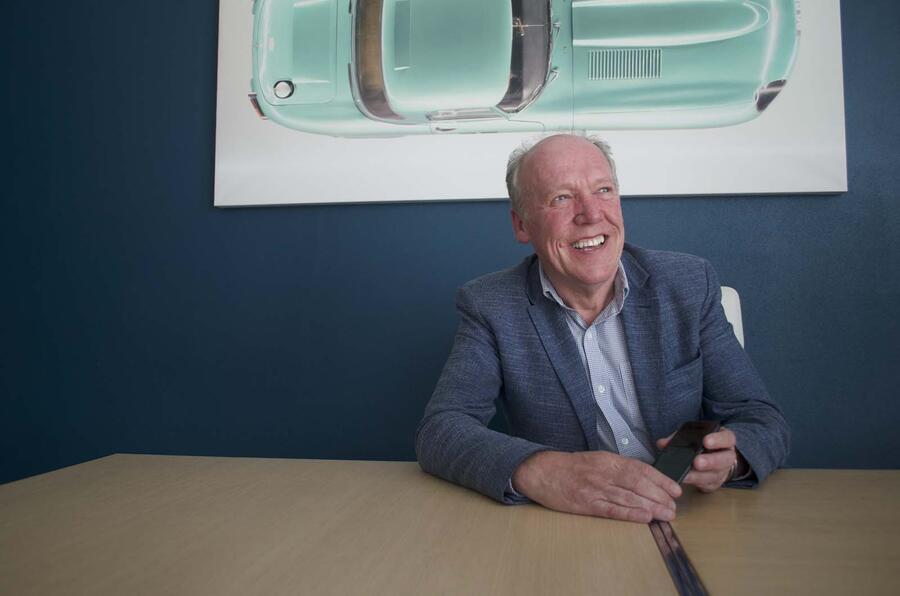
As Jaguar grapples with the key decisions about the new two-seater’s specification, and whether it will be accompanied by a 2+2 XK replacement, it’s working within design rules that Callum has set in collaboration with his successor, Julian Thomson.
Callum’s parameters start with a definition of a sports car that he’s developed over time.
“A sports car is an indulgence of performance and beauty,” he told Autocar. “It's about two people and a powerful drivetrain wrapped as tightly as possible in a beautiful style. That's exactly what an Jaguar F-Type is and exactly what an E-Type was.
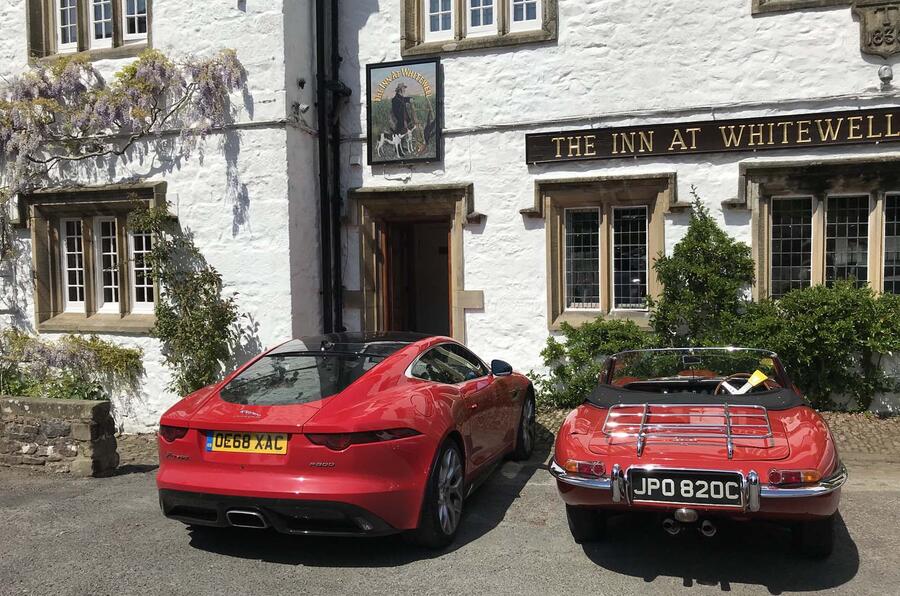

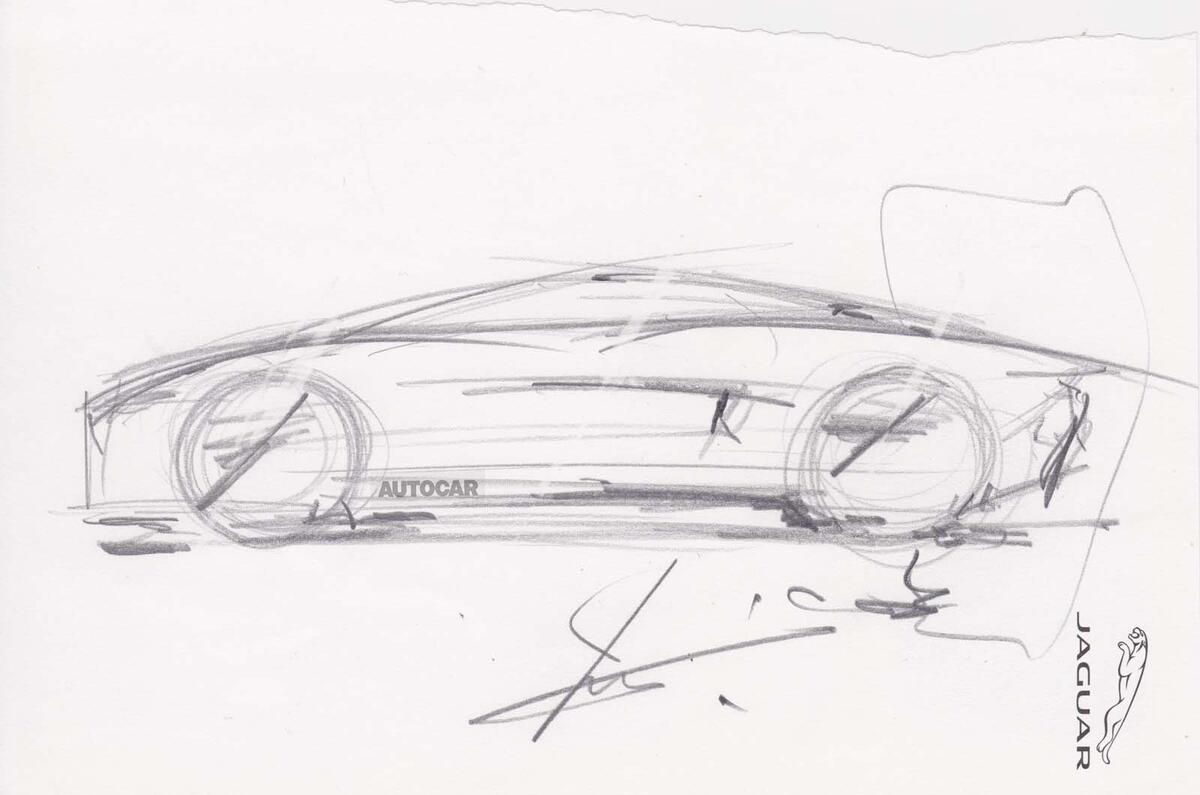
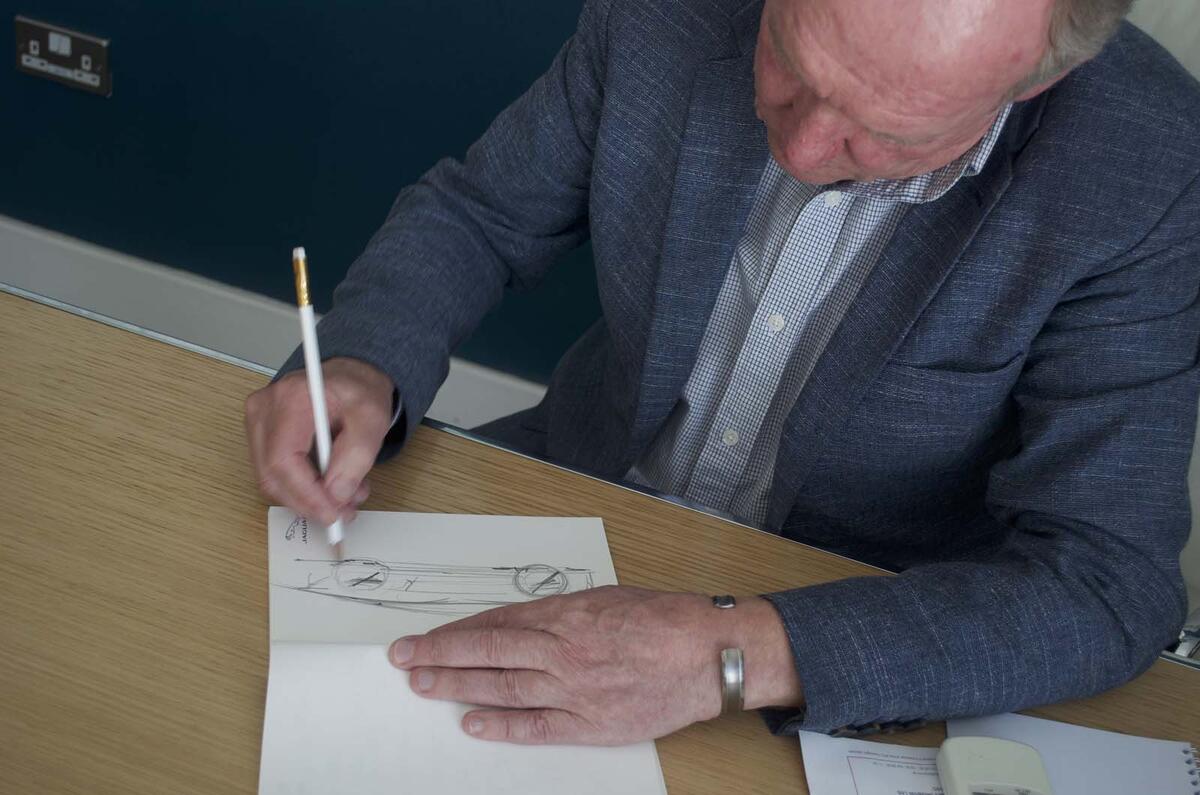

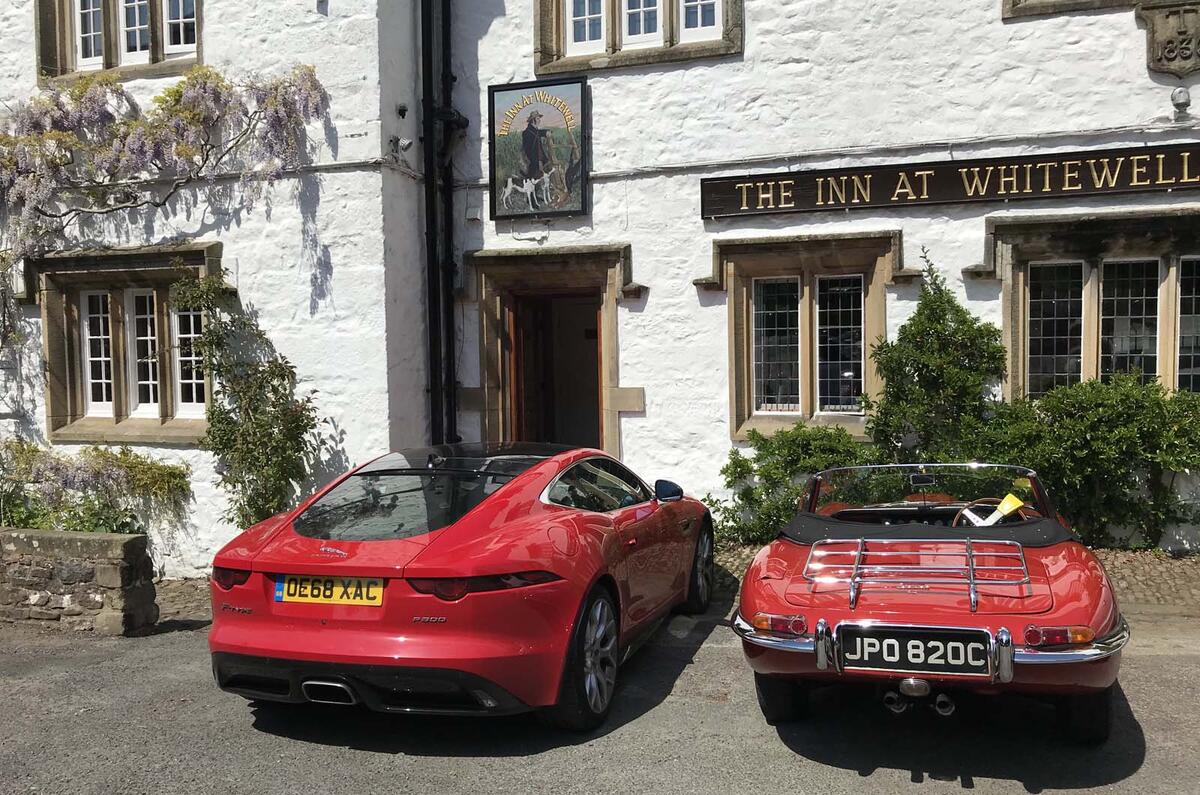
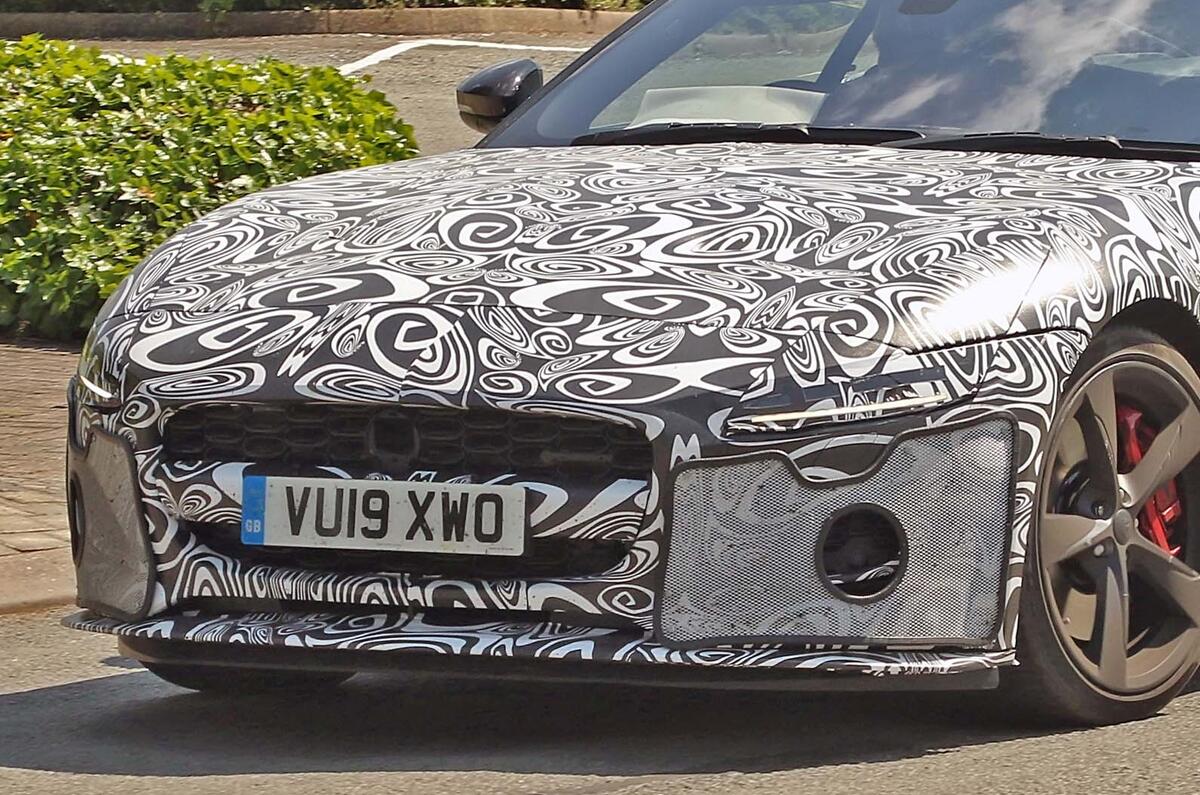
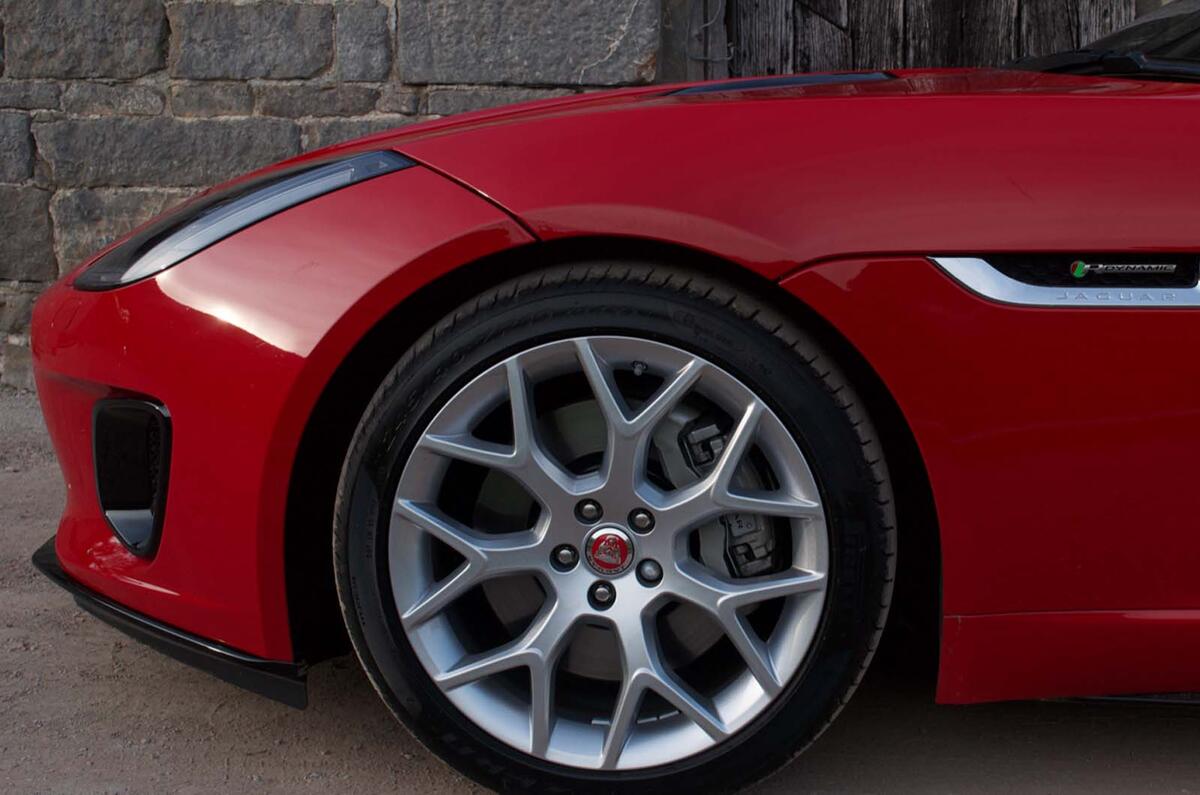

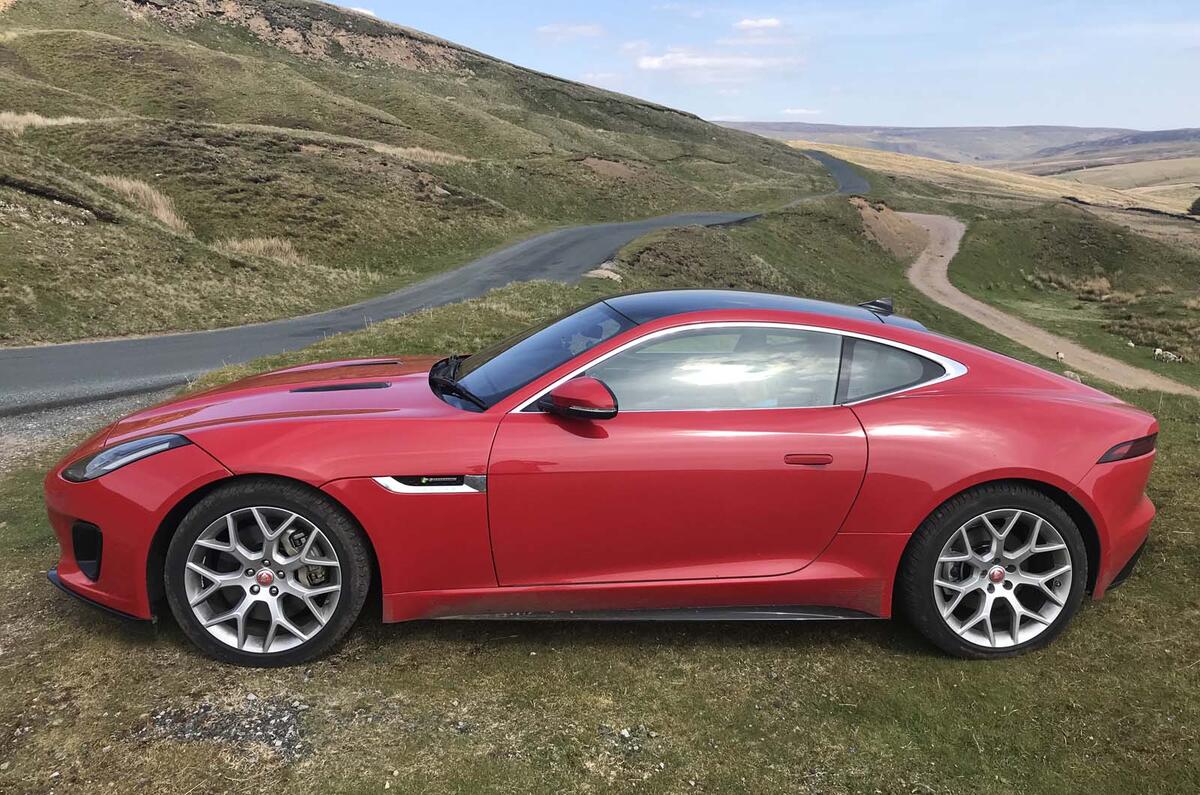
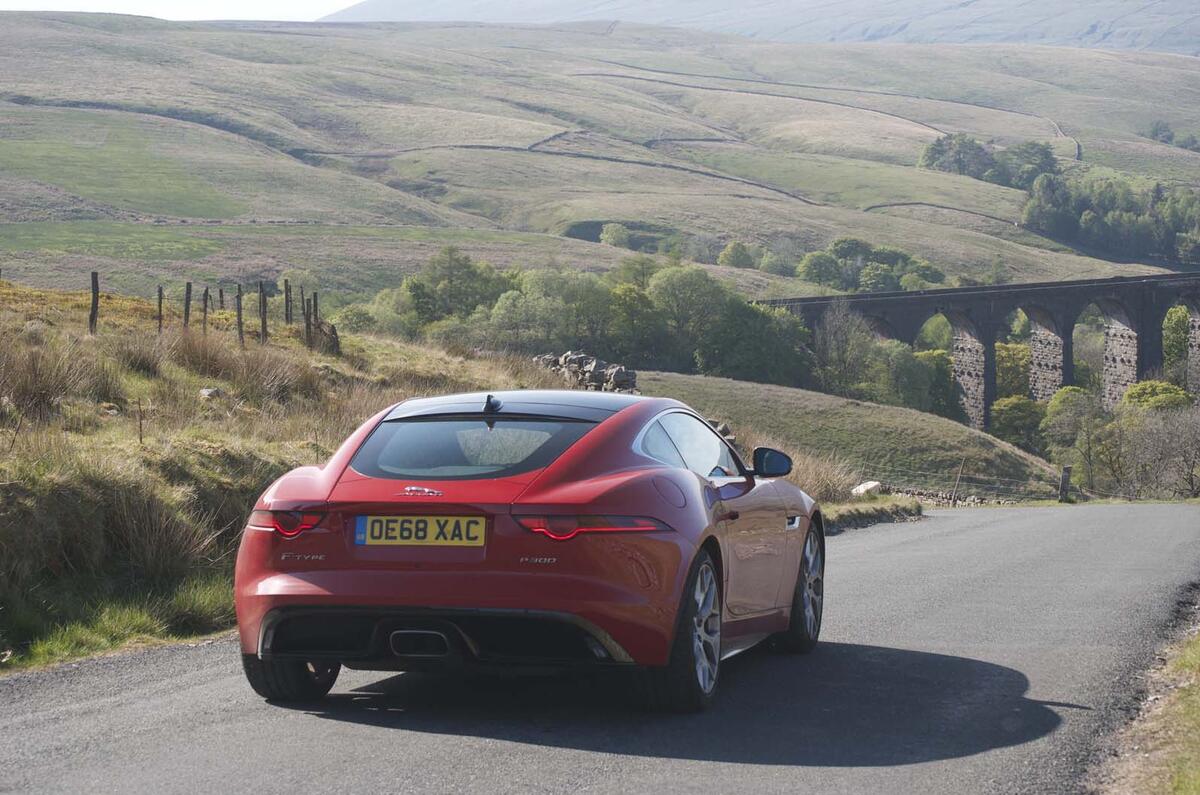

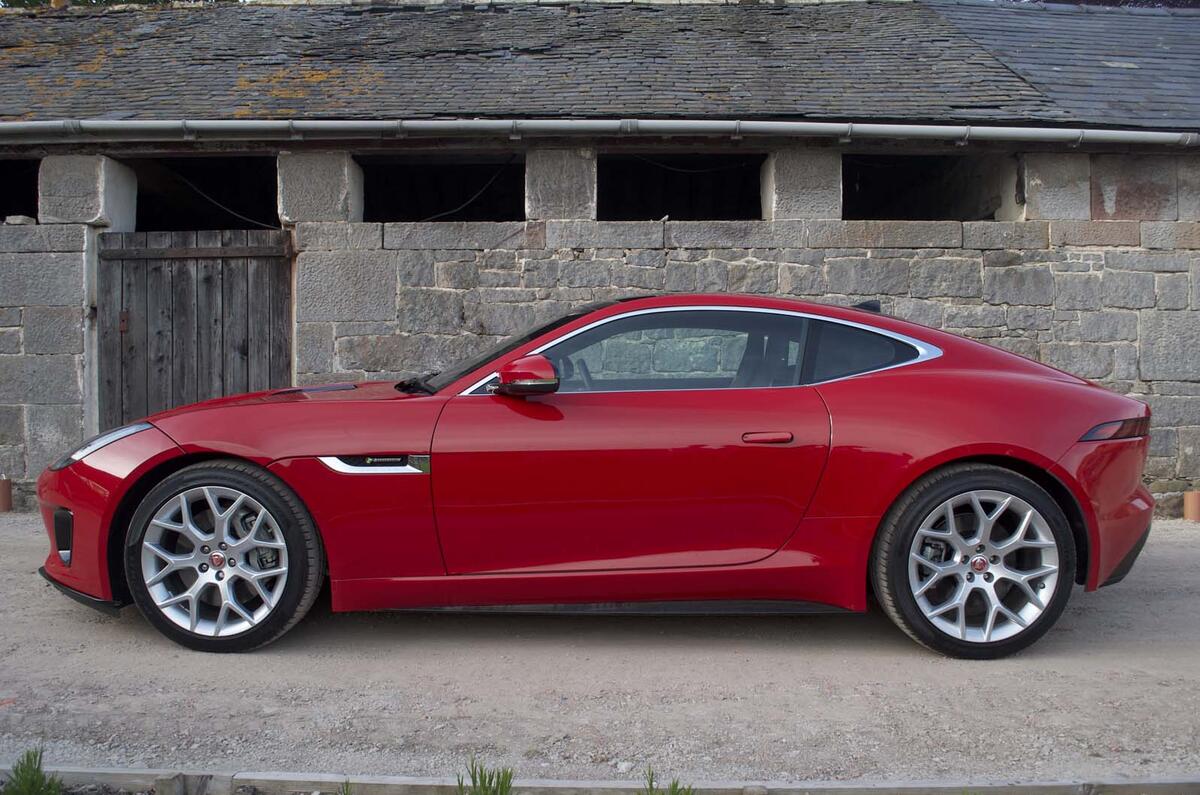
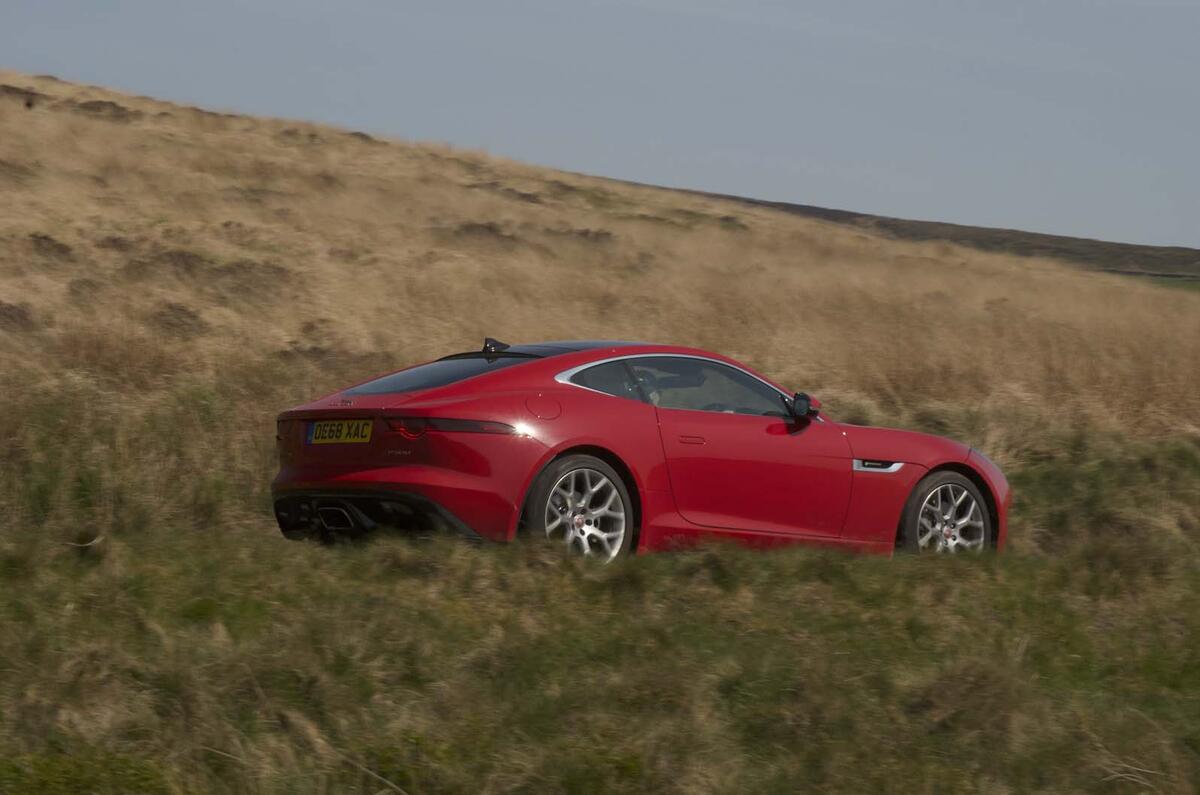
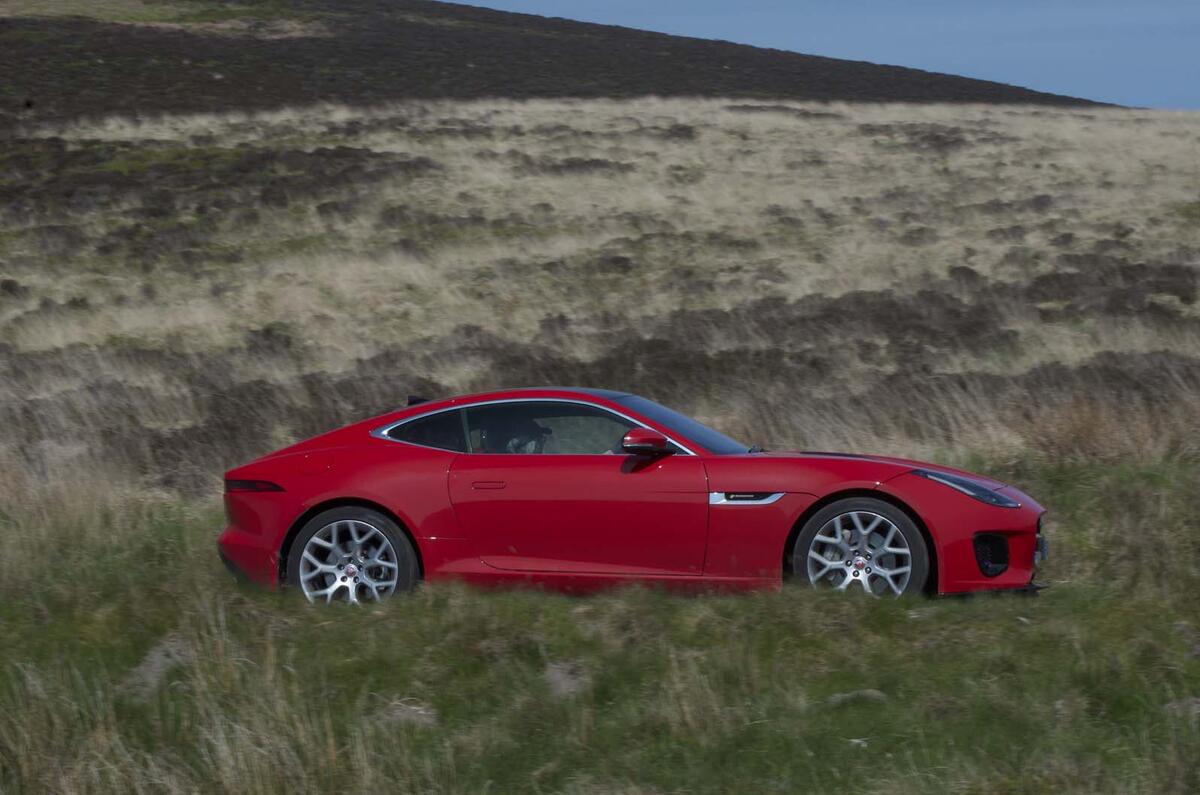
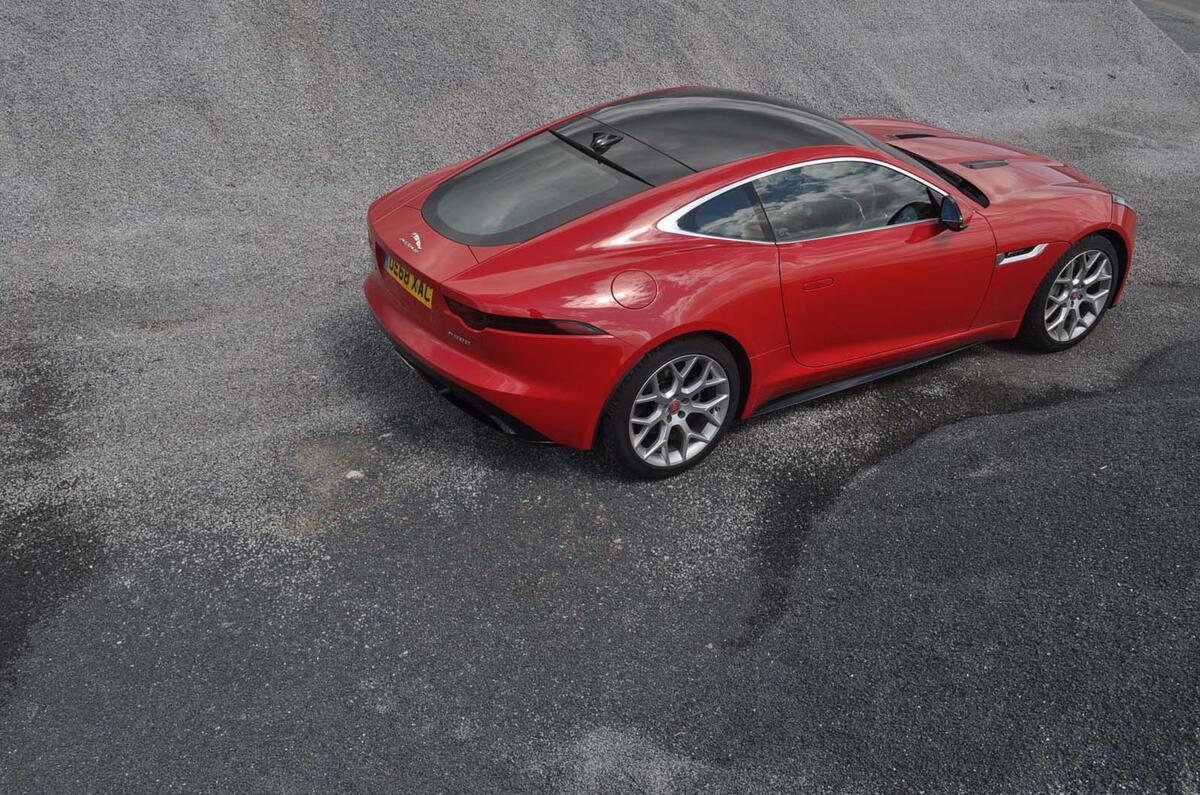
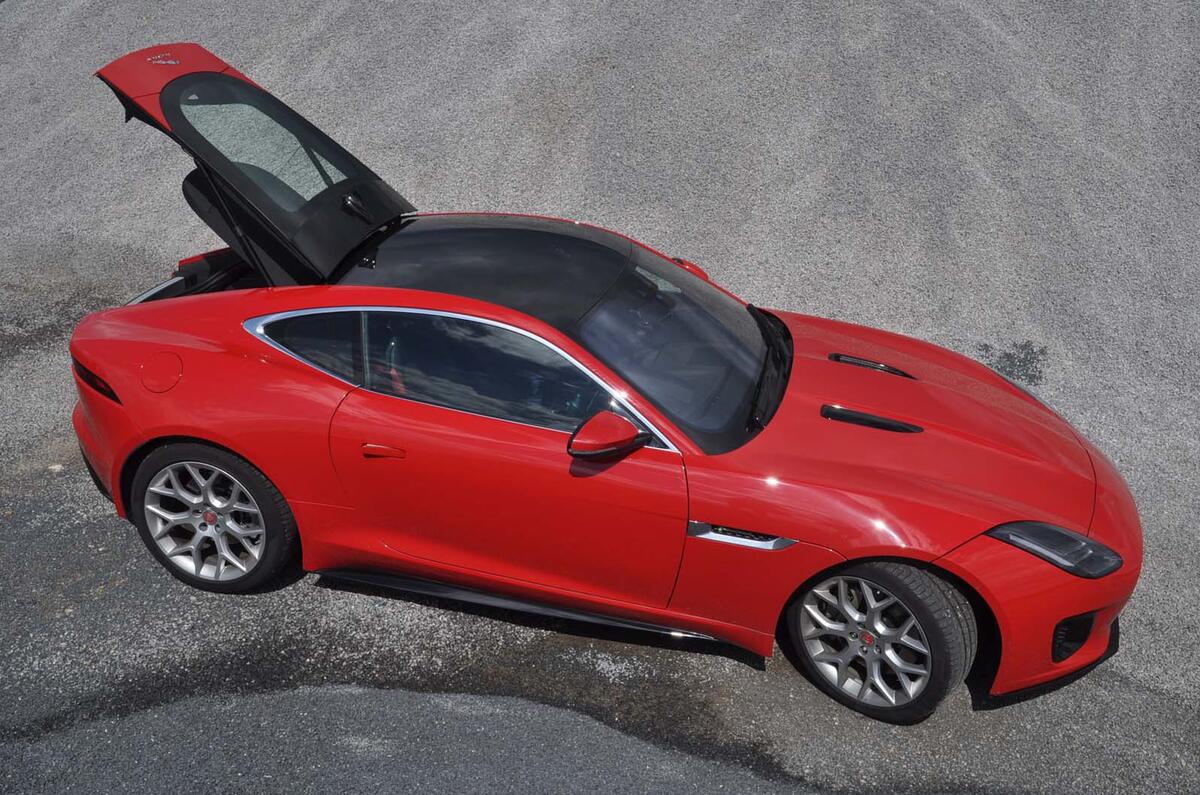
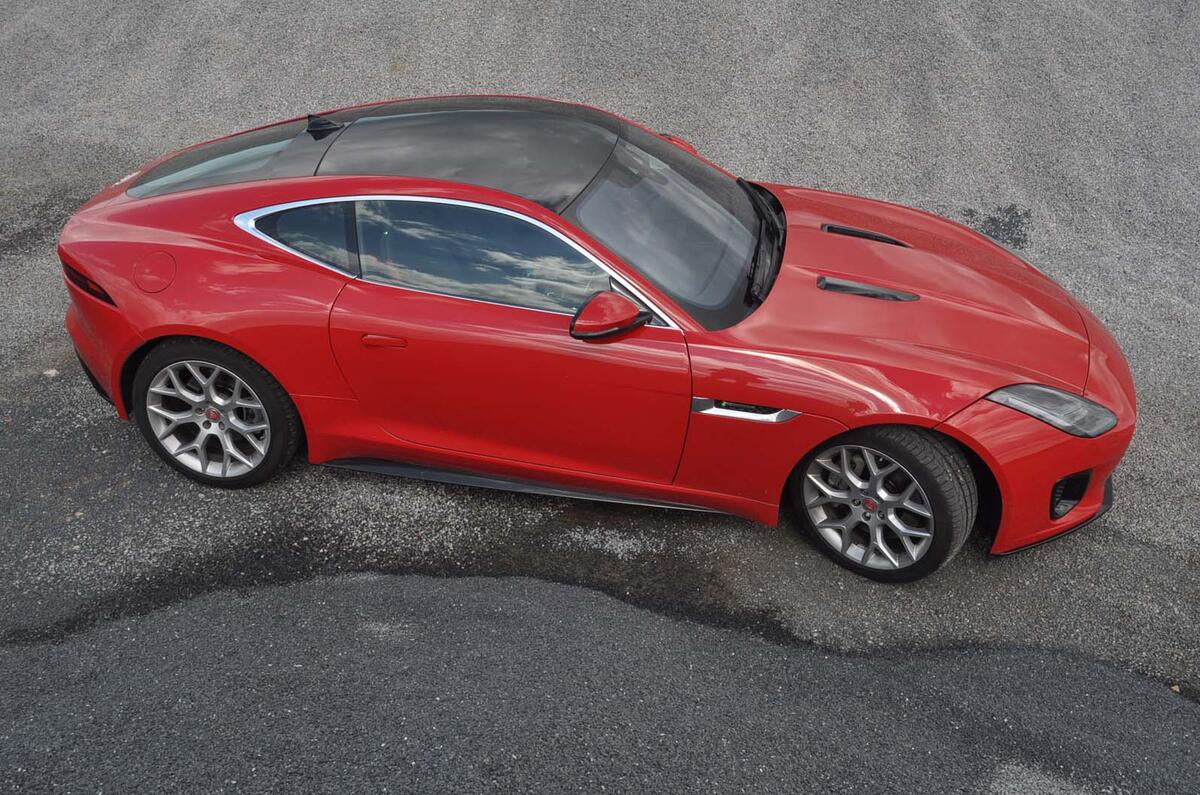

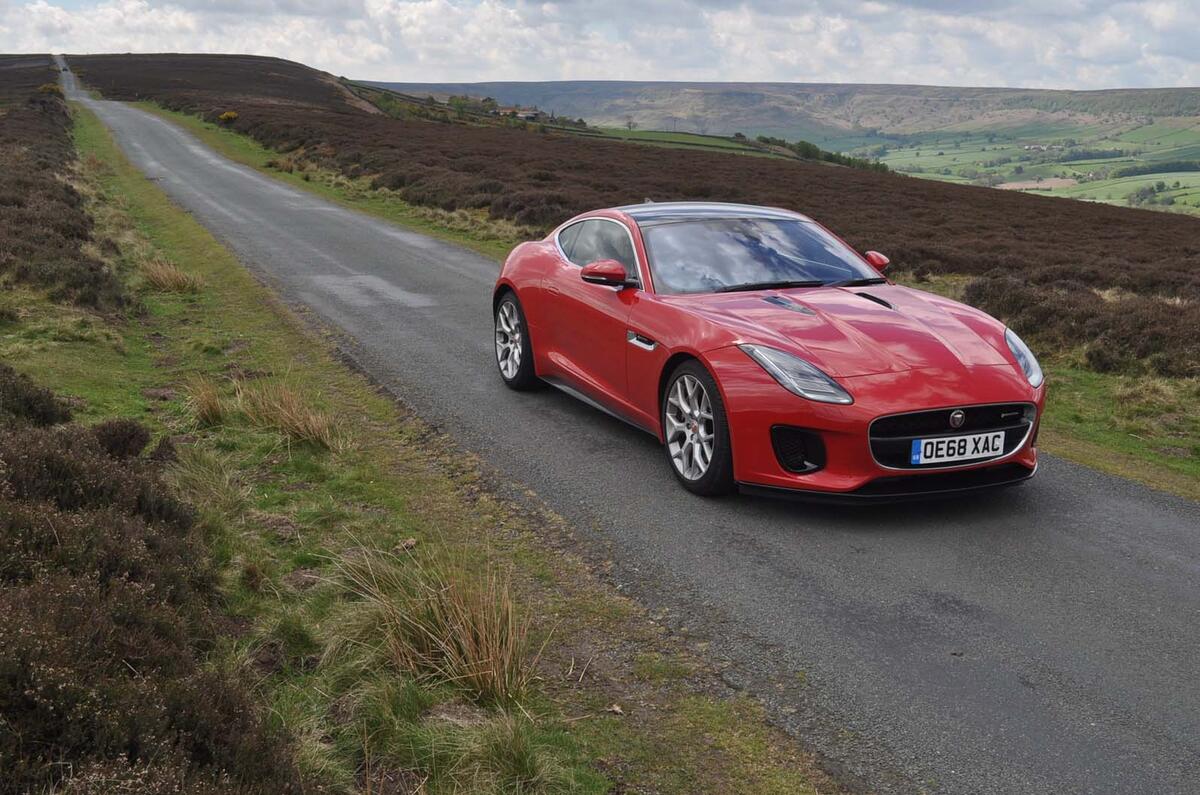
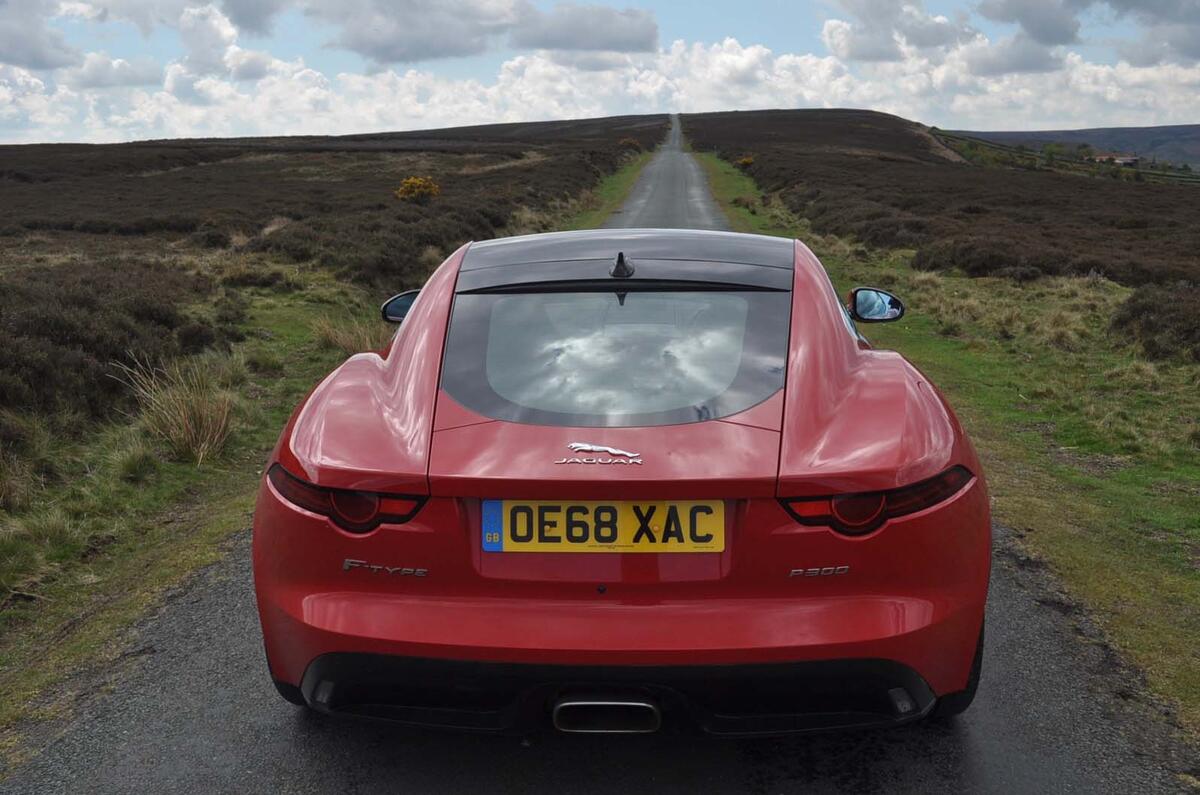
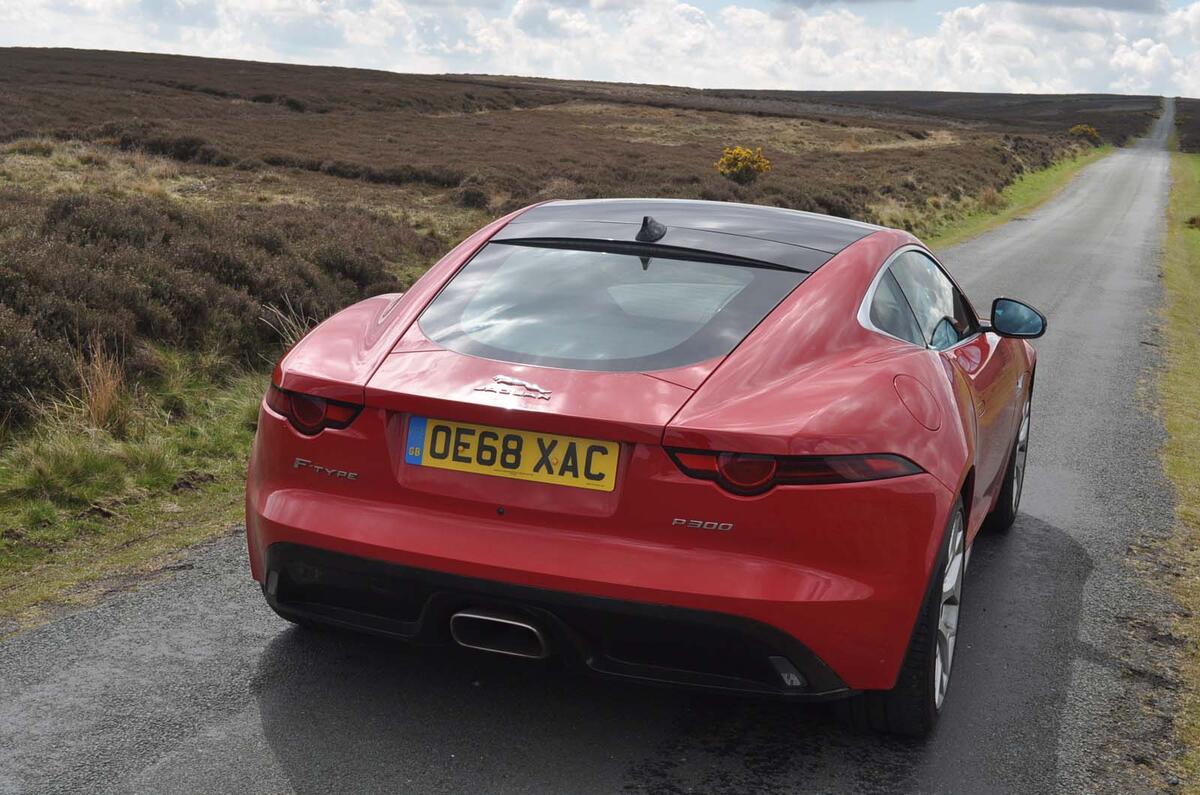
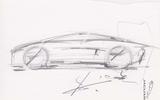


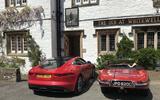
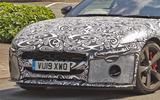
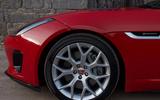
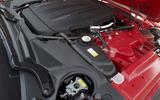
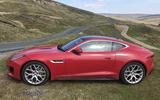



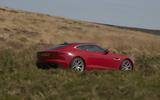
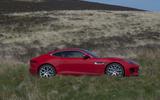
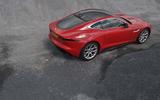
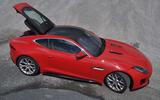
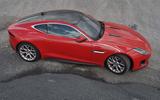





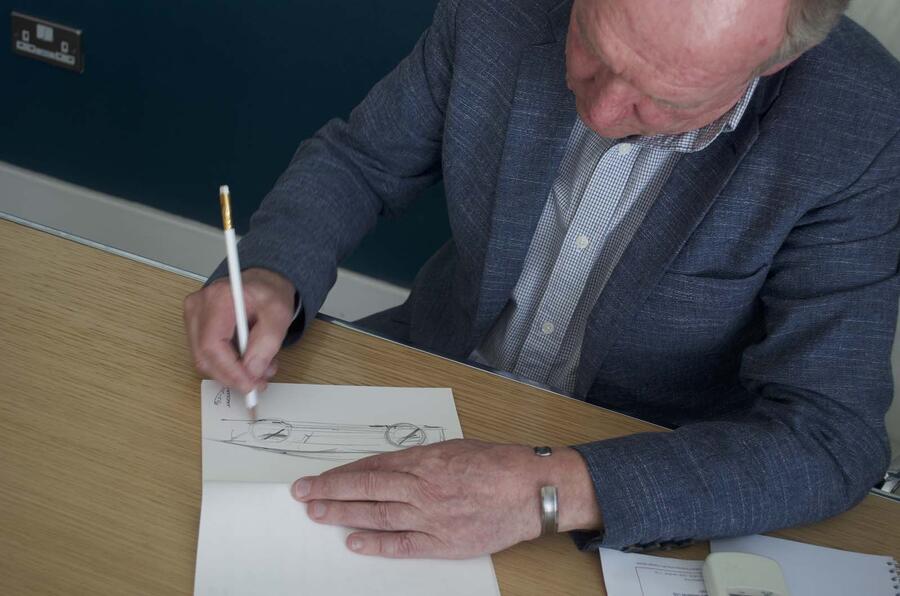
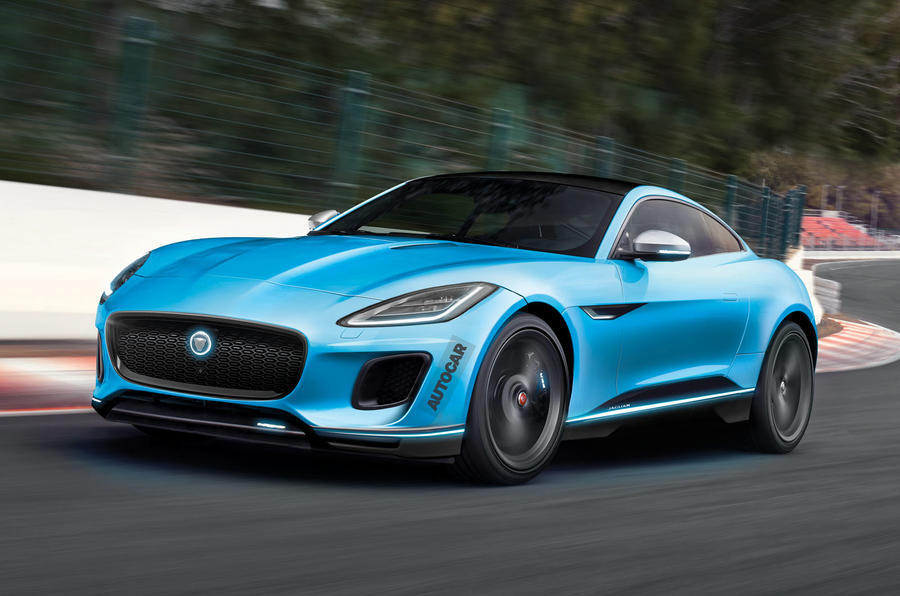
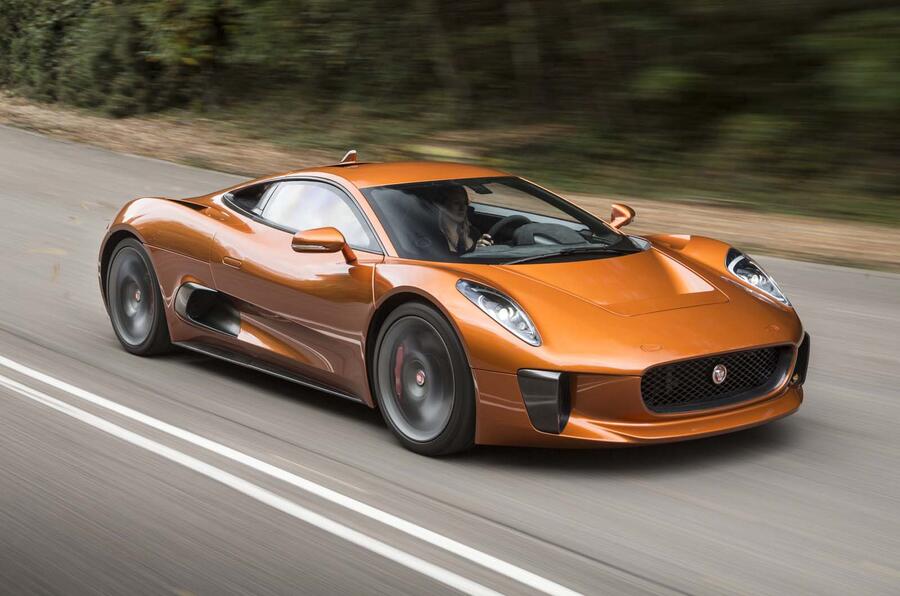
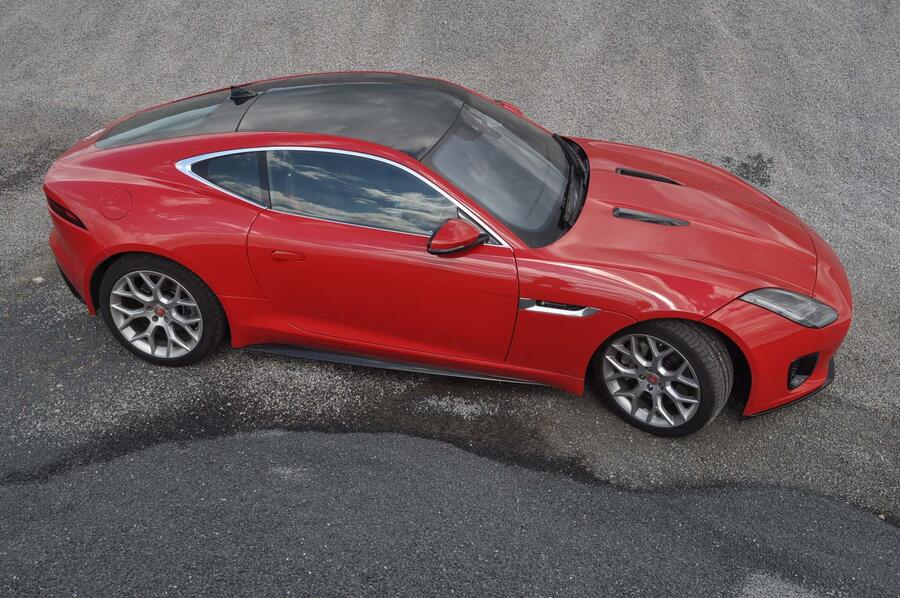
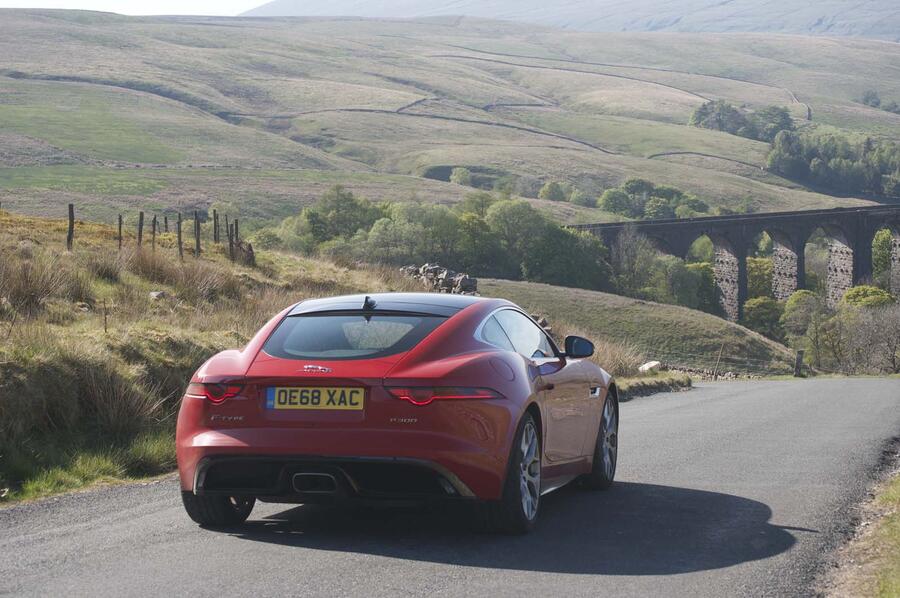
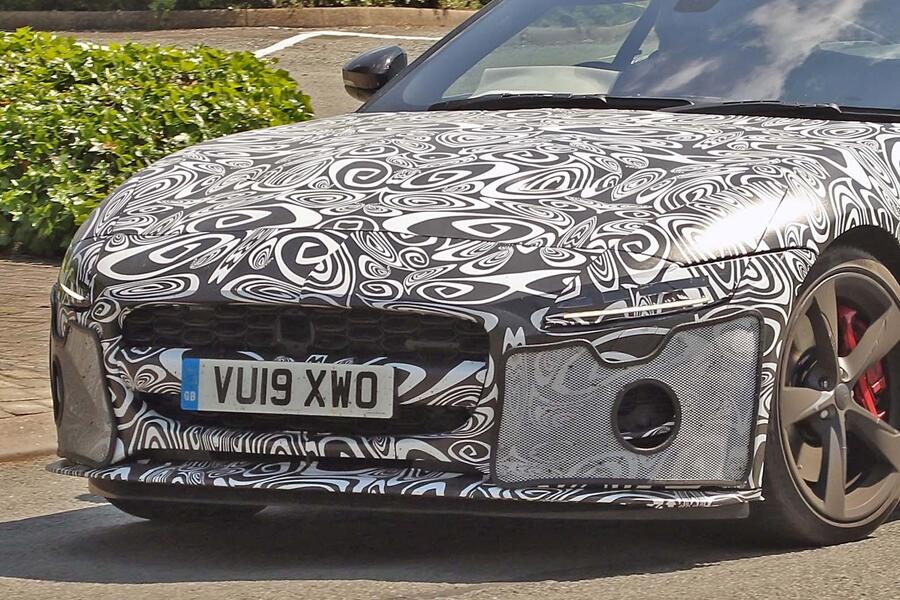
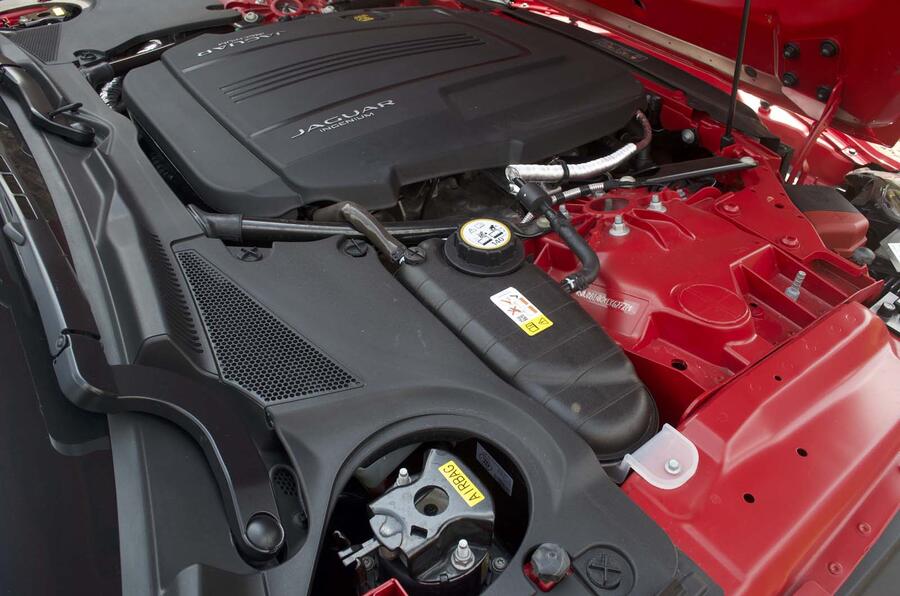


Join the debate
Add your comment
Design
All whells, no style.
I like the F-type ...
.. a little bulky in places but the rear three-quarter view especially, is particularly evocative. The C-X75 is, to my eyes, a superb design and one of my all-time favourite shapes: such a shame it wasn't put into production. Likewise, many years ago, the XJ13; I know it was a racing car but if only they could have developed it along the lines of the D-type/XKSS. Damn those pesky bean-counters!
Ian Callum.
Design genius.
Turned Aston Martin around with his designs. Turned Jaguar around with his designs. Saved both companies.
And those designs are going to be future classics. His Vanquish already is.